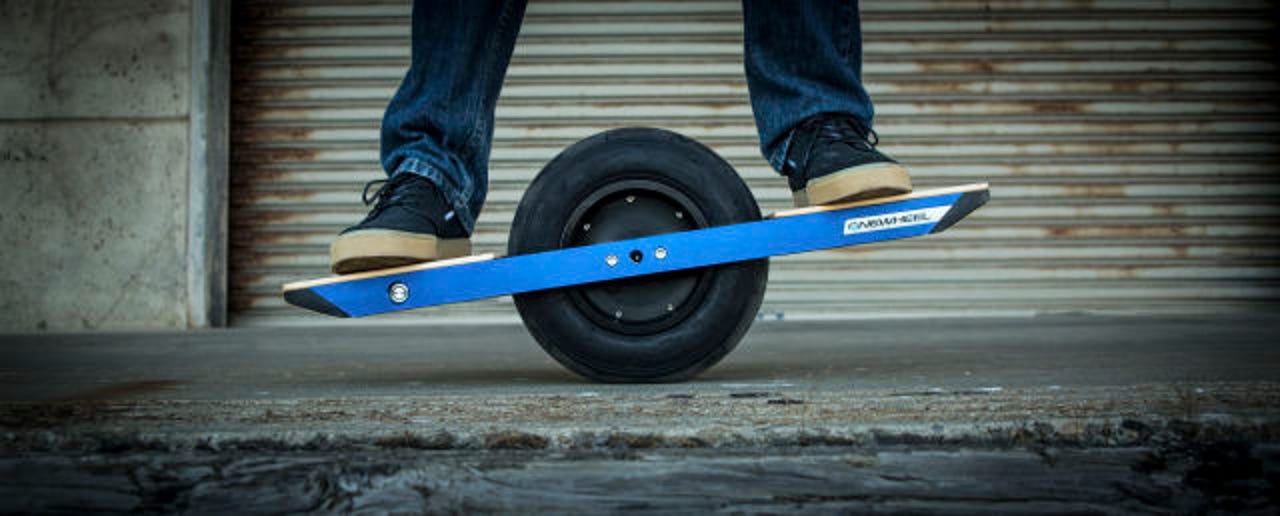CES 2016: U.S. Marshals raid a booth, confiscating illegal Chinese scooters

Quit copying.
That was the order of a US District Judge yesterday, who ruled (by phone after a brief hearing) that Changzhou First International Trade Co., a company that makes a one-wheeled motorized scooter, blatantly ripped off American company Future Motion.

Future Motion's Onewheel
Future Motion's founders raised more than $600K for their first-of-its-kind scooter via Kickstarter in late 2014. The company brought suit yesterday over copyright infringement. After the emergency court order, two U.S. Marshals showed up at CES to seize scooters and marketing materials from Changzhou's booth. Talk about swift justice.
The seizure was orderly and Changzhou's reps didn't protest. No official response yet from the Chinese company.
Changzhou's Onewheel ripoff
Hoverboards, the generic name for those fire-prone two-wheeled self-balancing scooters that are all the rage, are fairly unique among consumer electronics in that they're virtually all generic imports. American company Inventist developed the original model, which sells for $1,495 and is billed as "the world's first portable, double wheeled, self-balancing device." But Chinese manufacturers promptly reverse-engineered the technology, throwing in their own refinements along the way and stealing each other's secret sauce.
Robotics
The result was a process of rapid iteration and a wave of cheap self-balancing scooters--some of which have a tendency to explode.
Future Motion developed Onewheel as a unique alternative to the two-wheeled devices. Unlike Inventist, the startup seems to be having some early luck defending its intellectual property.
"We took action against Changzhou first because it was a direct knockoff," Kyle Doerksen, CEO of Future Motion, told Ars Technica's Cyrus Farivar, who broke this story. "When you look at our patent design drawings and the products they had at CES, you see a direct comparison."